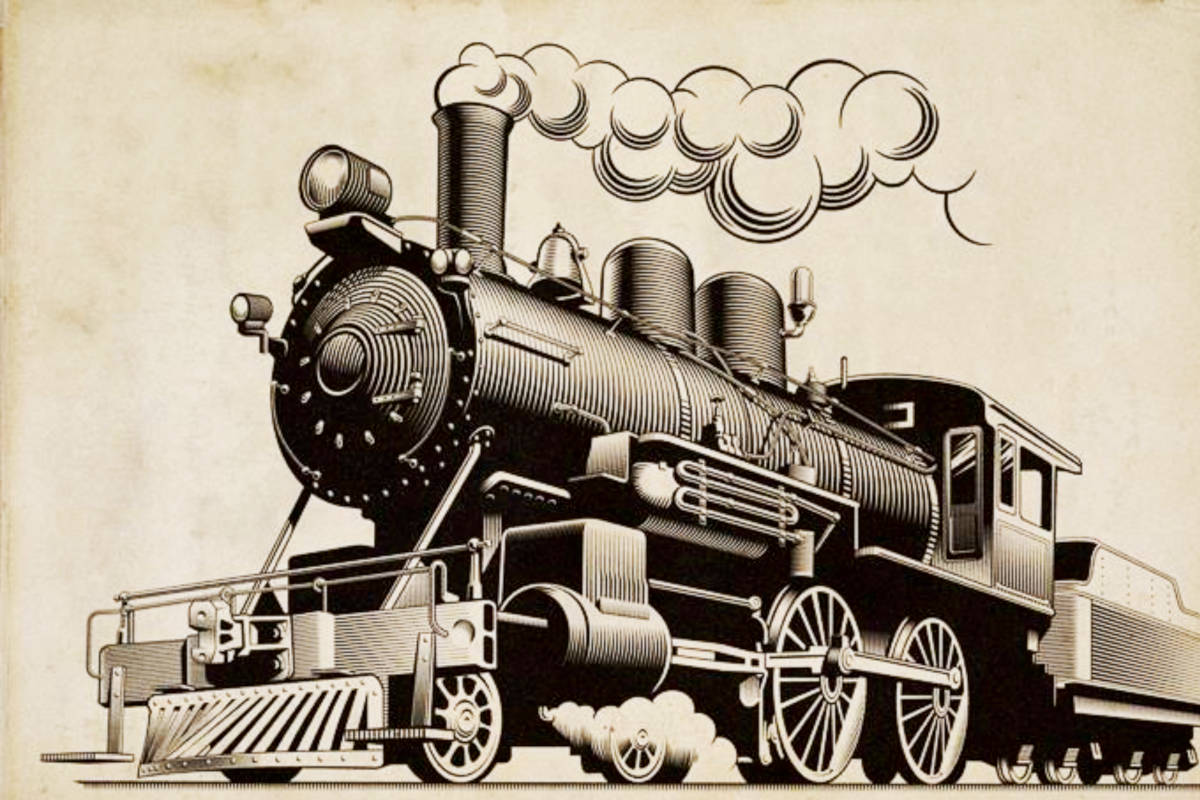A Comprehensive Exploration of Tribology: Unveiling the Historical Evolution
 Introduction
Introduction
Tribology, the science of friction, wear, and lubrication, is a multidisciplinary field that has revolutionized the world of machinery and materials. Understanding the historical evolution of tribology provides valuable insights into the advancements that have shaped modern industries. In this comprehensive article, we delve into the intriguing history of tribology, from its ancient origins to its contemporary applications.
Ancient Beginnings
The roots of tribology can be traced back to ancient civilizations. Early humans recognized the need to reduce friction and wear in various applications. The Egyptians, for instance, used lubricants made from animal fats and vegetable oils to reduce friction in sledges and chariot wheels. The Greeks explored the concept of low friction by using lubricants derived from olive oil.
The word "tribology" is derived from the Greek words "tribos," meaning rubbing or sliding, and "logos," meaning study or science. However, the principles and practices of tribology existed long before the term was coined. In ancient civilizations, the need to minimize friction and wear in various applications led to the development of rudimentary tribological knowledge.
One of the earliest examples of tribological practices can be found in the ancient Egyptians' use of lubricants such as animal fat and plant oils to reduce friction in the movement of large stones during construction projects, notably the building of the pyramids. They recognized the importance of reducing friction and understood that applying a lubricant between two surfaces would ease their movement.
Similarly, the ancient Greeks and Romans contributed significantly to the early understanding of tribology. The Greek mathematician Archimedes, known for his studies in physics and mechanics, observed the concept of static and dynamic friction. He recognized that the force required to keep an object in motion is less than the force required to initiate its motion—a concept later formalized as the laws of friction.
Early Scientific Contributions
 Tribology as a scientific discipline began to take shape during the Renaissance. Leonardo da Vinci's sketches and observations on friction and lubrication laid the foundation for further exploration. Guillaume Amontons, a French physicist, conducted experiments and developed the laws of friction, providing a quantitative understanding of frictional forces.
Tribology as a scientific discipline began to take shape during the Renaissance. Leonardo da Vinci's sketches and observations on friction and lubrication laid the foundation for further exploration. Guillaume Amontons, a French physicist, conducted experiments and developed the laws of friction, providing a quantitative understanding of frictional forces.
Another notable figure in the early scientific discoveries of tribology was Charles-Augustin de Coulomb, a French physicist. In the late 18th century, Coulomb conducted experiments to understand the laws of friction. He discovered that the frictional force between two surfaces is proportional to the normal force pressing them together, regardless of the contact area. This discovery, known as Coulomb's friction law, was a groundbreaking revelation that formed the basis for our understanding of friction.
In the 19th century, more advancements were made in tribology, particularly in lubrication. Sir Isaac Newton, renowned for his laws of motion, conducted experiments on the flow of liquids and developed mathematical equations to describe the behavior of viscous fluids. These equations laid the groundwork for the study of fluid film lubrication, where a fluid separates and reduces the friction between two surfaces.
In the early 20th century, a significant breakthrough in tribology came with the work of Adolf Martens and his examination of steel surfaces under a microscope. Martens discovered that the surface of steel was not smooth but consisted of microscopic irregularities called asperities. These asperities played a crucial role in determining materials' friction and wear characteristics.
The mid-20th century brought further advancements in tribology with the development of scanning electron microscopy (SEM) and atomic force microscopy (AFM). These technologies allowed researchers to visualize surfaces at an unprecedented level of detail, enabling them to study the intricate interactions between asperities and understand the mechanisms of wear.
Industrial Revolution and Technological Advances
 The advent of the Industrial Revolution in the 18th century marked a significant turning point for tribology. With the rise of steam engines, machinery became more prevalent, creating a demand for effective lubrication techniques. Engineers and inventors like John Harrison, John Smeaton, and James Watt made notable contributions to tribology by designing better lubrication systems and developing new materials.
The advent of the Industrial Revolution in the 18th century marked a significant turning point for tribology. With the rise of steam engines, machinery became more prevalent, creating a demand for effective lubrication techniques. Engineers and inventors like John Harrison, John Smeaton, and James Watt made notable contributions to tribology by designing better lubrication systems and developing new materials.
The significant advancements and changes of the Industrial Revolution revolutionized various industries and technologies, leading to challenges and opportunities in the study of tribology.
Introduction of Machinery: The Industrial Revolution marked a shift from manual labor to machinery in various industries. The widespread use of machines introduced new types of surfaces and materials, such as metal gears, shafts, and bearings. Tribologists were tasked with understanding and mitigating the friction, wear, and lubrication issues that arose from these new interactions.
Increased Industrial Production: The Industrial Revolution led to a significant increase in industrial production and the scale of manufacturing, which meant that machines were operating for longer durations, at higher speeds, and under heavier loads. Tribologists had to develop techniques to handle these increased demands, including developing more durable materials, better lubricants and improved maintenance practices.
Technological Innovations: The Industrial Revolution brought numerous technological innovations that impacted tribology. For example, the invention of the steam engine, which played a central role in the Industrial Revolution, required advancements in tribology to address issues such as steam leakage, wear, and frictional losses. Similarly, the development of rail transportation systems required understanding the tribological interactions between wheels and rails to reduce friction and wear.
Development of Lubricants: The increasing demand for machinery during the Industrial Revolution prompted the development of new lubricants to reduce friction and wear. Tribologists worked on improving lubrication techniques, including developing more effective oils and greases, which played a vital role in ensuring the smooth operation of machines and preventing damage to components.
Standardization and Precision Engineering: With the rise of industrial production, there was a need for standardization and precision engineering. This necessitated a deeper understanding of tribological principles to ensure consistent performance and minimize variations in manufacturing processes. Tribologists were crucial in establishing standards and specifications related to surface finish, tolerances and friction/wear characteristics.
Scientific Investigations: The Industrial Revolution sparked a greater scientific interest in understanding the fundamental principles of tribology. Scientists and engineers conducted extensive research to unravel the complex mechanisms of friction, lubrication, and wear. This led to new theories, models and experimental techniques, forming the foundation of modern tribology as a scientific discipline.
The Emergence of Tribology as a Discipline
 The 20th century witnessed the formal recognition of tribology as a distinct scientific field. In 1966, the term "tribology" was coined officially by Dr. H. Peter Jost in his now-famous “Jost Report”. He highlighted the economic and industrial importance of studying friction, wear and lubrication. It is worth noting that others, years earlier, began using the root “tribo” from the Greek word tribous, meaning rubbing. For instance, David Tabor at the urging of his colleague Philip Bowden, both from Cambridge University, laid the foundation for the term tribology. Tabor conceived the name “tribophysics” to describe laboratory work he was doing at time.
The 20th century witnessed the formal recognition of tribology as a distinct scientific field. In 1966, the term "tribology" was coined officially by Dr. H. Peter Jost in his now-famous “Jost Report”. He highlighted the economic and industrial importance of studying friction, wear and lubrication. It is worth noting that others, years earlier, began using the root “tribo” from the Greek word tribous, meaning rubbing. For instance, David Tabor at the urging of his colleague Philip Bowden, both from Cambridge University, laid the foundation for the term tribology. Tabor conceived the name “tribophysics” to describe laboratory work he was doing at time.
Jost is considered a founder of the modern discipline of tribology, and from his report, a greater spotlight was placed on the subject. His report called for the establishment of Institutes of Tribology and the publication of a handbook on tribo-design and engineering.
In an interview conducted by Jim Fitch, founder of Noria Corporation, Jost was asked to describe tribology's conception, and he pinpointed that moment to September 1964 at the Joint Iron and Steel Institute/IMechE Lubrication and Wear Group Conference on Lubrication in Iron and Steel Works in Cardiff.
At this conference, failures were discussed, particularly in broken steel mill machinery and equipment. After this, Jost was asked to form a committee to investigate the question of lubrication education, research, and industry needs.
Shortly after the publication of the Jost Report, the Committee on Tribology was formally established on September 26, 1966, and was charged with several duties, including:
- Advising the minster of technology on measures to effect technological progress and economic savings in the sphere of tribology
- Advising government departments and other bodies on matters associated with tribology
- Examining and recommending to the industry the latest techniques in tribology
- Reporting to the minster of technology annually on its activities and on trends and developments in tribology considered to be of technological or economic significance to the nation
Tribology gained further prominence during World War II, as the need for efficient machinery and lubrication systems became paramount.
Key Milestones in Tribology
Tribology has seen several critical milestones throughout its history. Here are some notable milestones in the field of tribology:
Leonardo da Vinci's observations (1493):
Leonardo da Vinci made significant observations about friction and lubrication, including the concept of reducing friction by using a layer of lubricant between moving surfaces.
Guillaume Amontons' laws of friction (1699):
Guillaume Amontons formulated empirical laws of friction, known as Amontons' laws, which established the relationship between frictional force and applied load or contact area.
Invention of the ball bearing (1794):
Philosopher and mathematician J.W. Lund developed the concept of the ball bearing, which revolutionized machinery design by reducing friction and enabling smooth rotational motion.
Establishment of the field of tribology (1966):
The term "tribology" was coined by Peter Jost in a report commissioned by the British government, highlighting the economic and industrial importance of understanding friction, wear, and lubrication.
Introduction of the Stribeck curve (1902):
Richard Stribeck presented a graphical representation of the relationship between friction, lubrication regime, and lubricant properties, known as the Stribeck curve. It provided a framework for understanding the lubrication regimes: boundary, mixed, and hydrodynamic.
Development of the ISO viscosity classification system (1921):
The International Organization for Standardization (ISO) established a viscosity classification system for lubricants, which enables standardization of lubricant viscosity grades across industries.
Introduction of elastohydrodynamic lubrication (1949):
Hersey and Tabor developed the theory of elastohydrodynamic lubrication (EHL), which describes the lubrication of heavily loaded contacts where elastic deformation of the surfaces plays a significant role.
Discovery of superlubricity (1996):
Researchers at IBM discovered the phenomenon of superlubricity, where friction practically vanishes between atomically smooth surfaces sliding against each other under certain conditions. This finding opened up new possibilities for reducing friction and wear.
Advancements in surface engineering and coatings:
The development of advanced coatings and surface treatments, such as diamond-like carbon (DLC) coatings and nanocomposite coatings, has significantly improved the tribological performance of materials, reducing friction and wear in various applications.
Progress in computational tribology:
Using computer simulations and modeling techniques has expanded our understanding of tribological phenomena and allowed for more efficient design and optimization of lubricated systems, including predicting wear and friction behavior.
Modern Applications and Future Trends
Tribology has numerous modern applications and is expected to undergo exciting future trends. Here are some of the modern applications and future trends in tribology:
Energy Efficiency:
Tribology is crucial in improving energy efficiency in various industries. Tribological advancements can lead to significant energy savings and reduced greenhouse gas emissions by reducing friction and wear in machinery and engines.
Advanced Lubricants:
Developing advanced lubricants is a critical area in tribology research. Modern lubricants offer enhanced performance under extreme conditions, such as high temperatures and pressures, and provide better wear protection and friction reduction.
Nanotribology:
Nanotechnology has brought about significant advancements in tribology. The study of nanotribology involves understanding the behavior of materials at the nanoscale, enabling the development of nanoscale lubricants, coatings, and surface modifications to reduce friction and wear.
Biomedical Applications:
Tribology is vital in the field of biomedical engineering. It contributes to designing and developing artificial joints, prosthetics, and medical devices by ensuring smooth and friction-free movement, minimizing wear, and improving longevity.
Microelectromechanical Systems (MEMS):
MEMS are miniature devices with moving components, often found in sensors and actuators. Tribology is critical for ensuring these devices' reliable and precise operation, optimizing their performance, and minimizing wear-induced failures.
Tribocorrosion:
Tribocorrosion is the combined effect of friction, wear, and corrosion. Understanding and controlling tribocorrosion is crucial in various automotive, aerospace, and marine industries to mitigate material degradation and enhance durability.
Computational Tribology:
With the advancement of computational methods and simulations, tribology research increasingly relies on computer models and simulations to study complex phenomena, optimize designs, and predict friction and wear behavior under different operating conditions.
Sustainable Tribology:
The future trend in tribology emphasizes sustainability and environmental considerations. Researchers are focusing on developing environmentally friendly lubricants, coatings, and materials that offer improved tribological performance while minimizing ecological impact.
Internet of Things (IoT) and Condition Monitoring:
IoT technologies, coupled with sensors and data analytics, enable real-time monitoring of machinery and equipment. In tribology, this allows for condition monitoring, predictive maintenance, and optimization of lubrication strategies, leading to increased equipment lifespan and reduced downtime.
These applications and trends in tribology reflect the ongoing efforts to improve efficiency, durability, and sustainability across various industries, making tribology an essential field for technological advancements in the future.
Conclusion
The historical evolution of tribology showcases humanity's relentless pursuit of reducing friction and wear. Tribology has come a long way, from ancient civilizations' crude lubricants to modern scientific advancements. The contributions of notable scientists, engineers, and inventors have paved the way for significant progress in various industries. As we look to the future, ongoing research in tribology will continue to drive innovation and enable more sustainable and efficient machinery and materials. Tribology continues to evolve, striving to enhance the efficiency, reliability, and sustainability of the systems and devices that shape our modern world.
